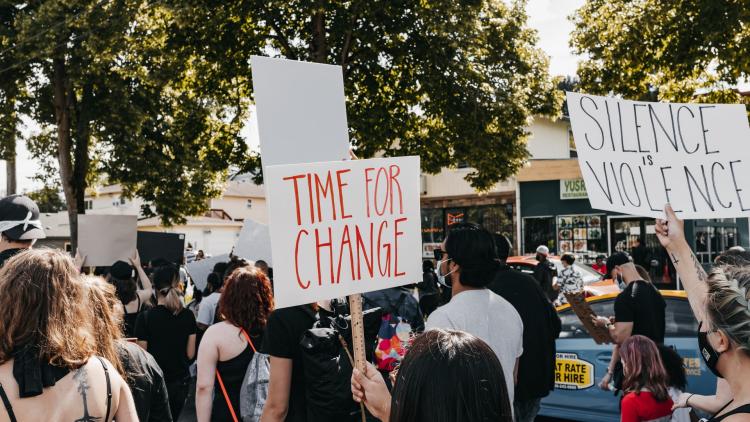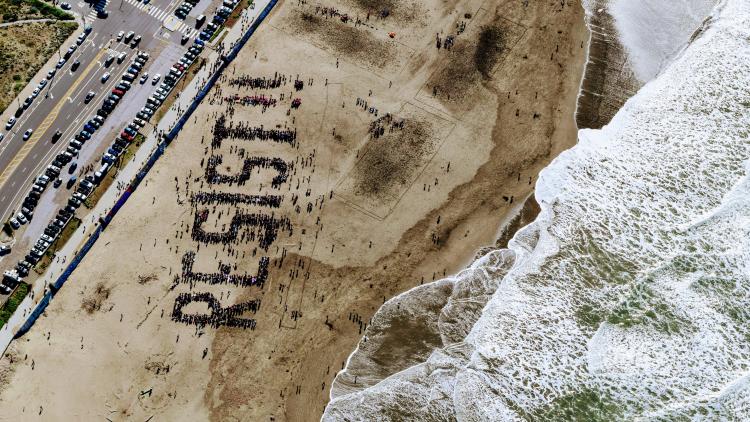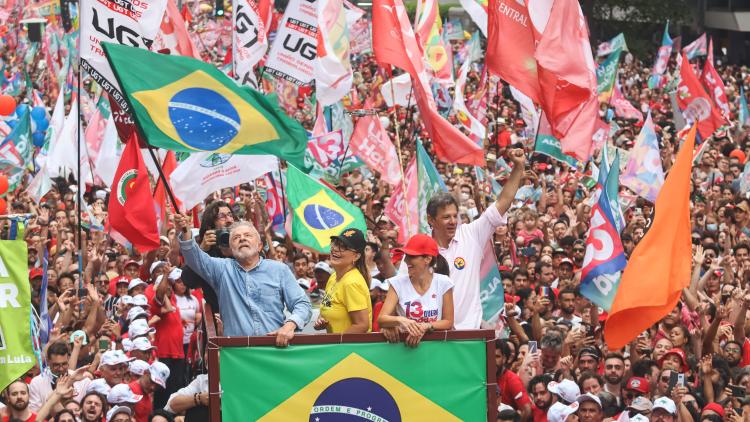Politics of Imagining South Asia

Key information
- Status
- Module not running
- Module code
- 15PPOH065
- FHEQ Level
- 7
- Credits
- 15
- Department
- Department of Politics and International Studies
Module overview
The visual dimension of politics is considered peripheral to study of contemporary political phenomenon.
Treating the visual as a site of power and struggle, order and change, this module will examine how politics is in fact visually constructed. The course will consider a variety of visual media (historical and contemporary: paintings, statuary, photographs, films, documentaries, social media) and will draw from wide literature including anthropology, visual studies, and art history to learn how these approaches can help us reframe our study of politics.
Objectives and learning outcomes
On successful completion of this module a student will be able to:
- Have an improved, broader and deeper understanding of South Asian politics
- Develop a vocabulary to ‘read’ images and visual artefacts and
- Develop a broad understanding of the power of visual images
Workload
- 1 hour lecture per week
- 1 hour tutorial per week
Scope and syllabus
- Introduction to visual politics
Part 1 – The colonial gaze (weeks 2 and 3)
- East India Company – knowing India. Maps/travel/visualising India (colonialism)
- Imperial India: Buildings of the Raj (British Raj)
Part 2 – Imagining the nation (weeks 4 and 5)
- Visions of nationhood and the anticolonial movement (Nationalism)
- Protest and contestation in Colonial South Asia: Dressing for the nation – visualising the body politics - Gandhi (Nationalism)
Part 3 – Independence (weeks 6 and 7)
- Displaying the Post-colonial Nation: architecture, stamps, currency, museums and pageants
- Visions of development - Nehruvian Modernism
Part 4 – The New Millenium (weeks 8 and 10)
- The Visual Politics of Hindu nationalism
- Elections at the time of social media
- Conclusion
Method of assessment
Assessment is 100% coursework (one 2000 word essay and one 1000 word essay).
Suggested reading
- John Berger, Ways of Seeing. New York: Penguin Books, 1977.
- Christopher Pinney, Camera Indica: The Social Life of Indian Photographs. University of Chicago Press, 1997.
- Arvind Rajagopal, Politics After Television: Hindu Nationalism and the Reshaping of the Public in India. Cambridge: Cambridge University Press, 2001.
- Emma Tarlo, Clothing Matters: Dress and Identity in India. London: Hurst & Company, 1996.
- Sirish Rao, V. Geetha, and Gita Wolf, An Ideal Boy: Charts from India. An Ideal Boy. Dewi Lewis Publishing, 2001.
- William Mazzarella, Shoveling Smoke: Advertising and Globlization in Contemporary India. Durham and London: Duke University Press, 2003.
- Ramaswamy, Sumathi. In Beyond Appearances? Visual Practices and Ideologies in Modern India. Edited by Sumathi Ramaswamy. Contributions to Indian Sociology, Occasional Studies 10. New Delhi: Sage Publications, 2003.
- Eck, Diana. DarÀan: Seeing the Divine Image in India. Columbia University Press, 1998.
- Dehejia, Vidya, et al. India through the Lens: Photography 1840–1911. Washington, DC. 2000.
- Ryan, James. Picturing Empire: Photography and Visualization of the British Empire. Reaktion, 1997
Disclaimer
Important notice regarding changes to programmes and modules.



